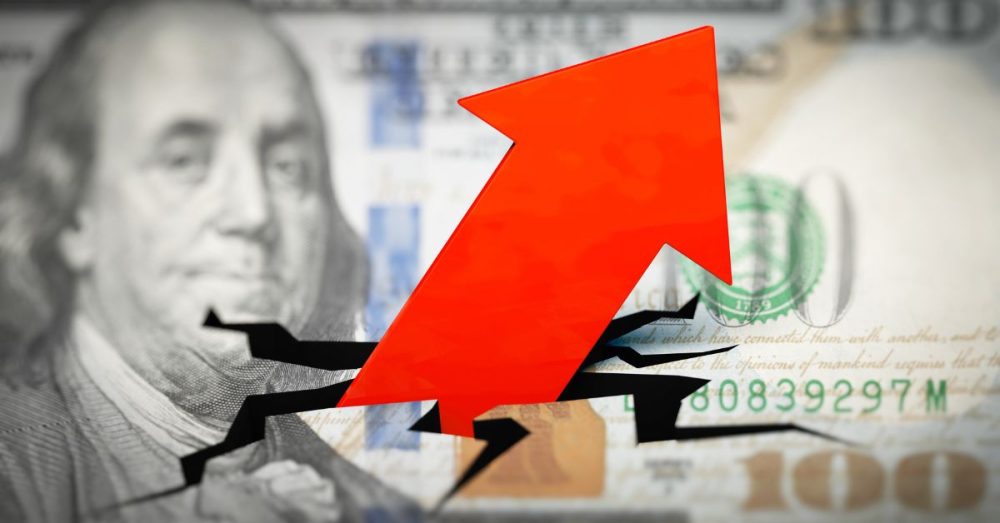Today, the U.S. stock market decided to keep things interesting – once again serving us a mixed bag.
The S&P 500 and Nasdaq tiptoed up, the Dow hovered around like it was debating whether to join the party or go home, and the Russell 2000 took a little tumble.
It’s the same old story we’ve seen lately. Back in July, we watched as the mighty tech titans tripped over themselves while the rest of the market – the so-called “S&P 493” – stepped into the spotlight. But let’s not be fooled by the surface-level calm.
Beneath those headline numbers, things were a bit of a dance. Six out of eleven S&P sectors managed to make some gains, while the rest stumbled – a shift from the usual rhythm we’ve been observing. After the market hit fresh highs last week, it seems like today was a day to catch its breath.
That post-rate cut euphoria from the Federal Reserve has simmered down, but the S&P 500 still managed a tiny climb.
The S&P 500 and Dow are lounging near all-time highs, while the Nasdaq and Russell 2000 hang back, trailing their peaks by 5% and 10%, respectively. Meanwhile, inflation hedges – both the shiny and the digital – are still getting some love.
Gold gleamed its way to a new high above $2,620, and Bitcoin flexed with a 5% jump since last Wednesday, flirting with a key resistance level. On the other hand, long-term bond yields took a little dip today after their recent rise.
This suggests some investors aren’t buying the Fed’s “mission accomplished” stance on inflation just yet. They might be on to something – history shows inflation and fiat currency are like an old married couple: always together!
The bond market seems to think inflation might be stickier than it appears. And if that’s the case, we’re in for a ride with a mix of good and bad data ahead.
Speaking of numbers, let’s talk about jobs. Fed Chair, Jerome Powell, isn’t ignoring the discrepancies between what’s initially reported and what’s actually happening.
Last week, he pointed out the Quarterly Census of Employment and Wages (QCEW) report, which paints a dijerent picture using hard data from state unemployment insurance records, unlike the nonfarm payroll report.
This year, it led to an eye-popping 818,000 reduction in jobs initially reported from April 2022 to March 2023 – nearly a third of the original 2.9 million! It’s a big deal and raises questions about just how reliable those headline employment figures are.
Moving forward, the big question is whether recent rate cuts or other factors can slow down job losses….and whether inflation is gearing up for a comeback. Powell also put the spotlight on private-sector jobs over government positions, which is interesting considering his own position.
He’s aware that government hiring might be masking broader job market issues, but whether the Fed can stay ahead of the game with its policies is another story.
In a nutshell, I’ll be keeping a close eye on more timely indicators to stay ahead of the Fed and catch any surprises before they shake up the market.
Sarah Zubiate Bennett is also the host of The Dallas Express podcast.


